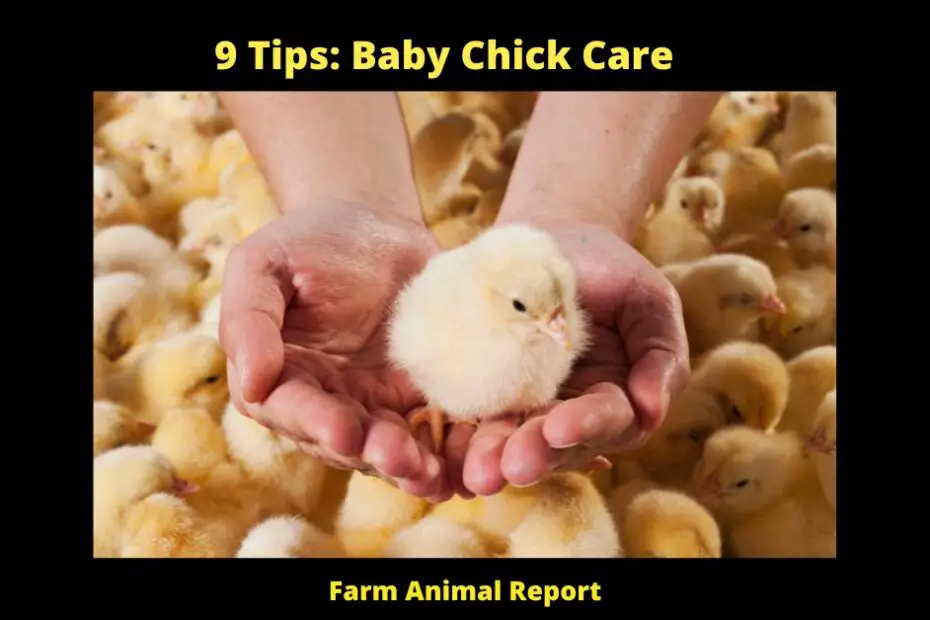Chick Care – Raising baby chicks is a lot of fun, but it’s also a lot of work. If you’re new to chick care, here are nine tips to help you get started.
1) Make sure you have a brooder set up before the chicks arrive. This is where they will live for the first few weeks of their lives.
2) Chickens need plenty of fresh water, so make sure you provide a water dish that is big enough for them to bathe in.
3) Chicks need access to feed at all times, so make sure you have a feeder that dispenses food evenly.
4) Keep an eye on the chicks’ temperature; they should be kept at between 95 and 100 degrees Fahrenheit until they are four weeks old.
5) Clean the brooder regularly to keep it sanitary.
6) Be prepared to deal with chick poo; it can be pretty messy!
7) Turn off the light in the brooder when the chicks go to sleep.
8) Spend time bonding with your chicks; they will love getting scratched behind the ears!
9) Have fun raising your little flock!
Baby Chick Care
1. Baby Chick Feeding – What to feed Baby Chicks after Hatching
Chicks need a high-protein diet to support their rapid growth. A good quality chick starter feed is essential. You can purchase this at your local farm store. The feed should be kept in a clean, dry place so that it does not spoil. Chicks will also need access to fresh water at all times. A simple waterer can be purchased at your local farm store or you can make your own out of a mason jar or plastic container with holes punched in the lid.
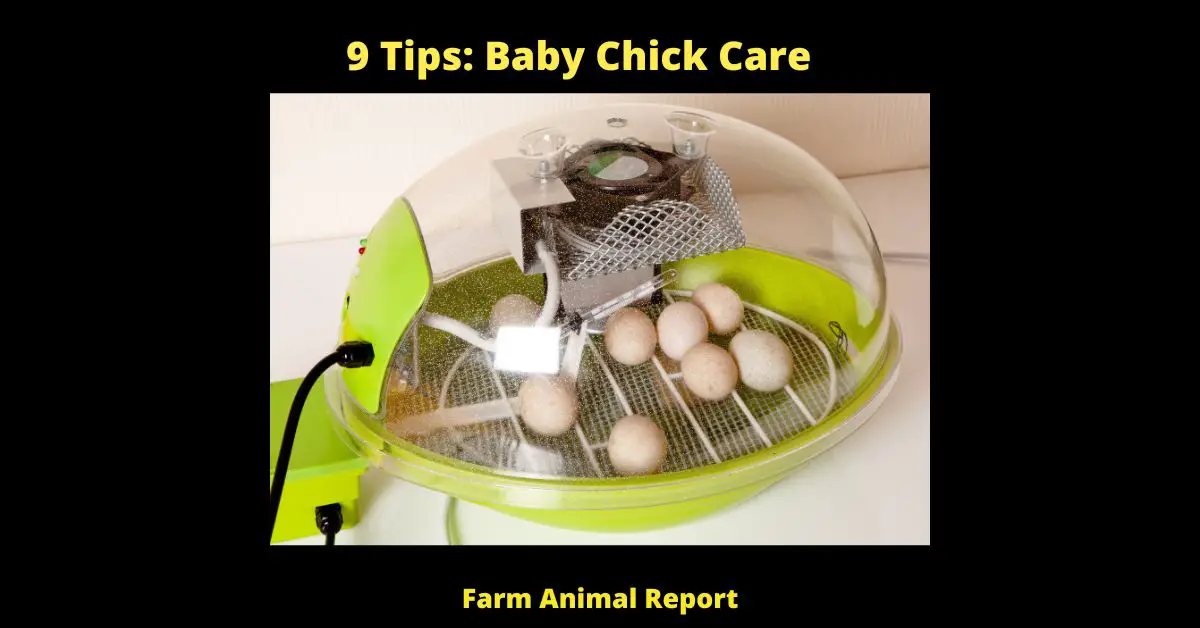
2. Baby Chick Watering
Chicks need access to fresh, clean water at all times. A simple waterer can be purchased at your local farm store or you can make your own out of a mason jar or plastic container with holes punched in the lid. Be sure to check the water frequently and top it off as needed so that the chicks always have access to fresh water.
3. Baby Chick Brooders
A brooder is a heated enclosure where baby chicks are kept until they are old enough to go outside. A simple brooder can be made out of a cardboard box with a heat lamp placed inside. The temperature inside the brooder should be kept between 95-100 degrees Fahrenheit for the first week and then decreased by 5 degrees each week thereafter until the chicks are fully feathered and ready to go outside (usually around 8 weeks old). Be sure to also provide plenty of ventilation so that the chicks do not overheat.
4. Baby Chick Brooder Guards
If you are using a heat lamp to provide warmth for your chicks, it is important to use a brooder guard to protect them from accidentally knocking over the heat lamp and starting a fire. Brooder guards can be purchased at your local farm store or online.
5. Baby Chick Heat Sources and requirements (Caring For Your Baby Chickens)
Chicks need a warm, consistent heat source in order to thrive. A simple heat lamp can be used to provide warmth for your chicks (be sure to use a brooder guard as well!). The temperature inside the brooder should be kept between 95-100 degrees Fahrenheit for the first week and then decreased by 5 degrees each week thereafter until the chicks are fully feathered and ready to go outside (usually around 8 weeks old). Be sure to also provide plenty of ventilation so that the chicks do not overheat. You can purchase a thermometer at your local farm store or online to help you monitor the temperature inside the brooder.
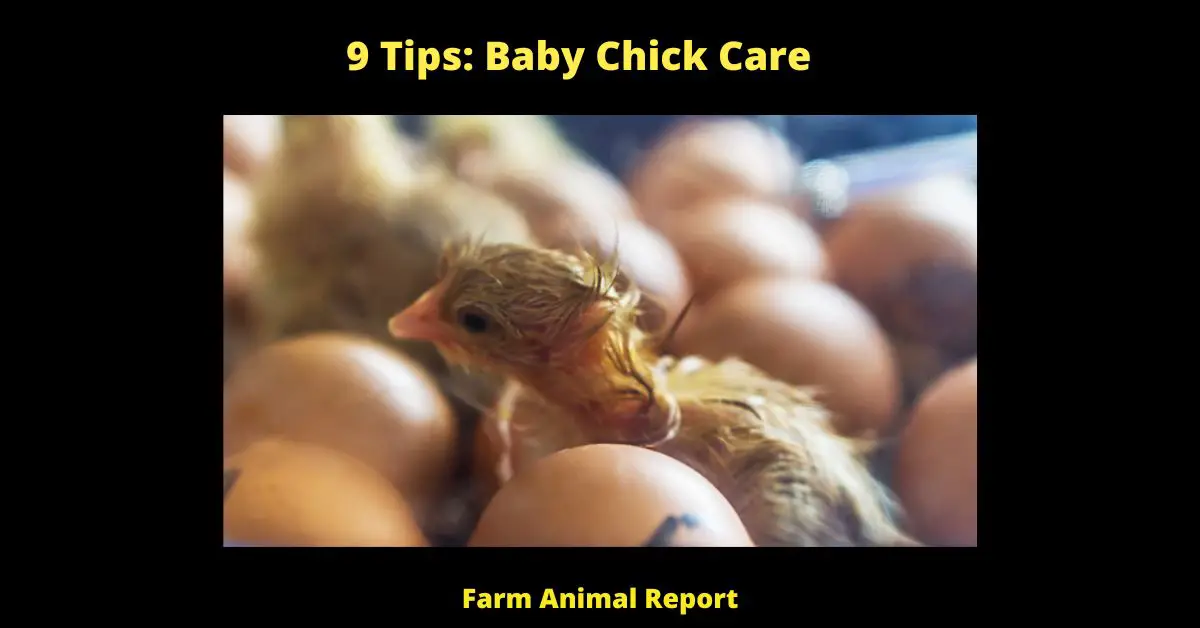
6. Baby Chick Growing Space
As your chicks grow, they will need more space to move around in order to stay healthy and happy! Be sure to provide them with plenty of space as they grow larger (a general rule of thumb is 10-12 square feet per 10 chicks). You may need to increase the size of their enclosure as they grow larger or purchase additional brooders if you have more than one batch of chicks growing at different rates.
7. Baby Chick Problems
If you notice any problems with your chicks (such as sneezing, runny eyes, lethargy, etc.), it is important to take them to see a vet as soon as possible so that they can get proper treatment. Chicks are very susceptible to illness and disease, so it is important to catch any problems early on so that they can be treated quickly and effectively before they become serious health concerns
8. Signs a baby chick is dying
There are several signs that may indicate that a chick is dying, such as: lack of energy/lethargy, diarrhoea, dehydration, difficulty breathing, weight loss, etc.. If you notice any of these signs in any of your chicks, it is important take them to see a vet immediately
9. How often should I handle my baby chick?
You should handle your baby chick every day so that they become used to human interaction and won’t be afraid of people when they grow up! However, it is important not handle them too much so that they don’t become stressed out – just pick them up for short periods of time each day and let them explore their surroundings under supervision
10. How often should I clean my baby chickens enclosure?
You should clean out your baby chick’s enclosure once per week with hot water and disinfectant (be sure to rinse well afterwards!). This will help prevent any illnesses or diseases from spreading amongst your flock! Keep an eye on their food and water levels daily and top off as needed
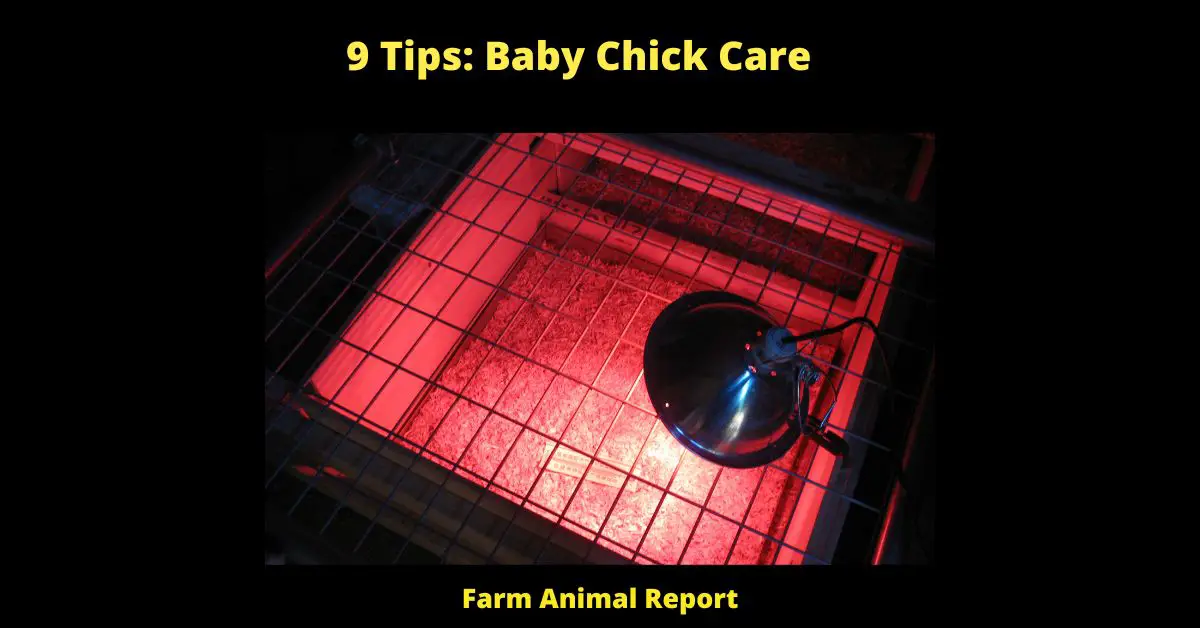
11. What kinds of toys should I put in my baby chick’s enclosure?
You can put anything safe in your baby chick’s enclosure for them to play with – just make sure that it won’t hurt them if they accidentally ingest it!
Caring for Your Baby Chicks: A Week-by-Week Guide
Spring is here, and that means baby chicks are on their way! Whether you’re a first-time chick owner or you’ve been raising chickens for years, it’s important to give your chicks the best possible care. In this blog post, we’ll give you a week-by-week guide to caring for your baby chicks.
Week 1:
The first thing you need to do when your chicks arrive is set up their brooder. The brooder is a contained area where the chicks will live until they’re old enough to be moved outside. It should have a heat lamp to keep the chicks warm, as well as food and water. You’ll also need to put some bedding in the brooder. We recommend using pine shavings, as they’re soft and absorbent.
Chicks need to be kept at a temperature of 95 degrees Fahrenheit for the first week of their lives. You can lower the temperature by 5 degrees each week after that. The best way to monitor the temperature is with a thermometer. Place it in the brooder so that it’s near the level of the chicks’ backs, as this is where they’re most sensitive to temperature changes.
Your chicks will also need to eat and drink. We recommend using a starter feeder and waterer set designed specifically for chicks. These can be found at any farm supply store. Fill the feeder with a high-quality chick starter feed, and fill the waterer with fresh, clean water. Check the feeder and waterer several times each day to make sure that they’re not empty.
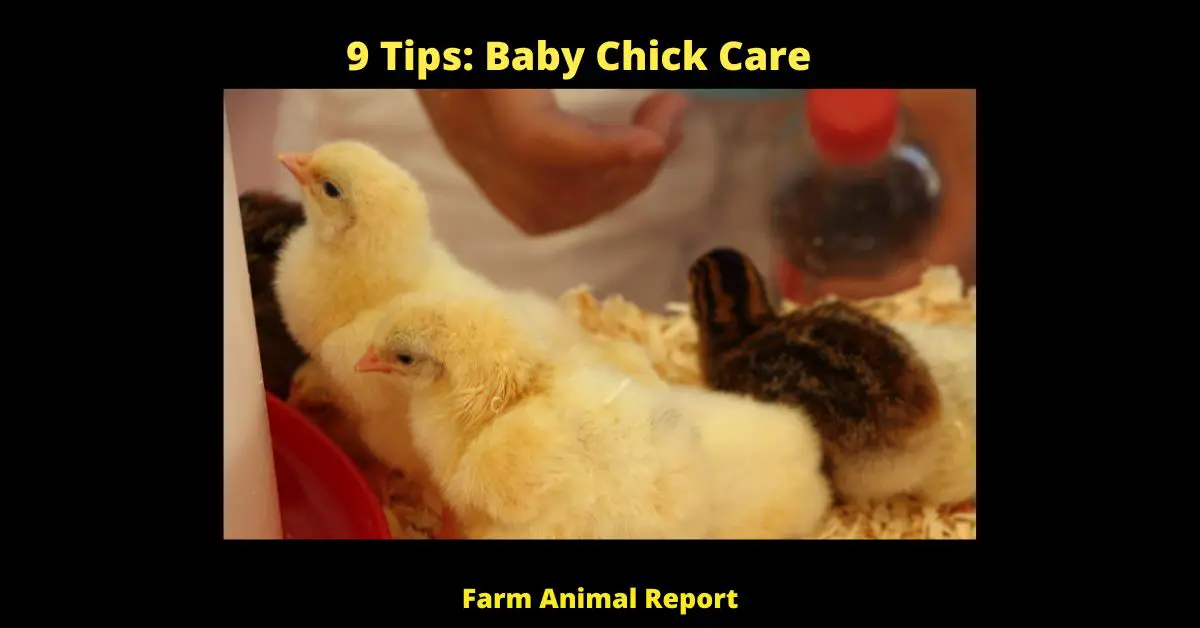
Week 2:
By week two, your chicks should be getting used to their new home. They should be eating and drinking on their own, and they should be starting to grow feathers. If everything looks good, you can start introducing them to some toys! Chickens love toys that are bright and make noise, so look for things like rattles and bells. Just make sure that any toys you introduce are safe for chickens—avoid anything small enough that they could choke on it or get tangled in it.
Week 3:
By now, your chicks should have all of their feathers! This means that they don’t need the heat lamp anymore, and you can start lowering the temperature in their brooder by 5 degrees each week. Continue offering them a high-quality starter feed, as well as fresh water at all times.
You may also notice that your chicks are starting to peck at each other—this is normal chicken behavior known as “pecking order.” They’re just establishing who’s in charge! To avoid any serious injuries, provide your chicks with plenty of toys and perches so that they have something else to focus their attention on besides each other.
You should also start thinking about where you’re going to move your chickens once they outgrow their brooder. If you don’t have an outdoor coop already set up, now is the time to do it! Chickens need plenty of space to roam around, so make sure your coop is big enough for them to stretch their legs (and wings!)
Week 4-6:
At this point, your chicks should be fully feathered and ready to move into their new home! If you haven’t already done so, now is the time to introduce them to their outdoor coop. Start by letting them out for short periods of time while you supervise them closely—they may try to fly off or wander off into danger if given the chance! Once they seem comfortable in their new surroundings, you can start leaving them out for longer periods of time until they’re ready to stay out there permanently.
While they’re getting used to their new home, continue feeding them a high-quality chick starter feed and giving them access to fresh water at all times. You may also want to start giving them some scratch grains or treats designed specifically for chickens. These are usually available at farm supply stores or online retailers specializing in chicken products. Just make sure not read too many treats—a good rule of thumb is no more than 10% of their diet should consist of treats!
As your chickens start spending more time outside, they’ll probably start laying eggs—congratulations! Collect the eggs daily so that they don’t get cracked or dirty. Once you’ve collected them, you can either eat them or sell them depending on what you prefer.
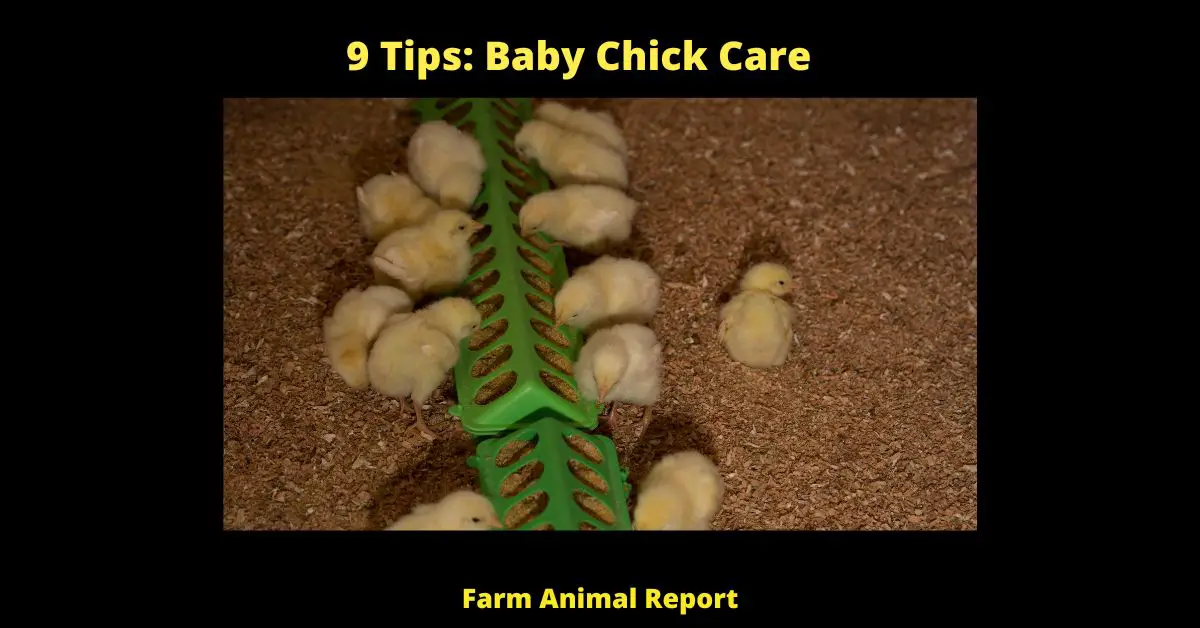
Week 6-16
How to care for your baby chicks (weeks 6-16)
Now that your chicks have grown up a bit, they will need slightly different care than when they were babies. Here are some tips on how to care for your chicks during this stage of their development.
Water
Chicks need access to clean water at all times. Make sure their water dish is clean and filled with fresh water daily. You can also add a drop or two of vinegar to the water to help prevent bacteria growth.
Food
Chicks should be given a high-quality chick starter feed until they are 18 weeks old. At 18 weeks, they can be switched to a grower feed. A general rule of thumb is 1/4 cup of feed per chick per day. Be sure to offer them fresh vegetables and fruits as well. Chicks love scratch! Scratch is a mix of cracked corn, oats, and wheat that you can find at your local farm store.
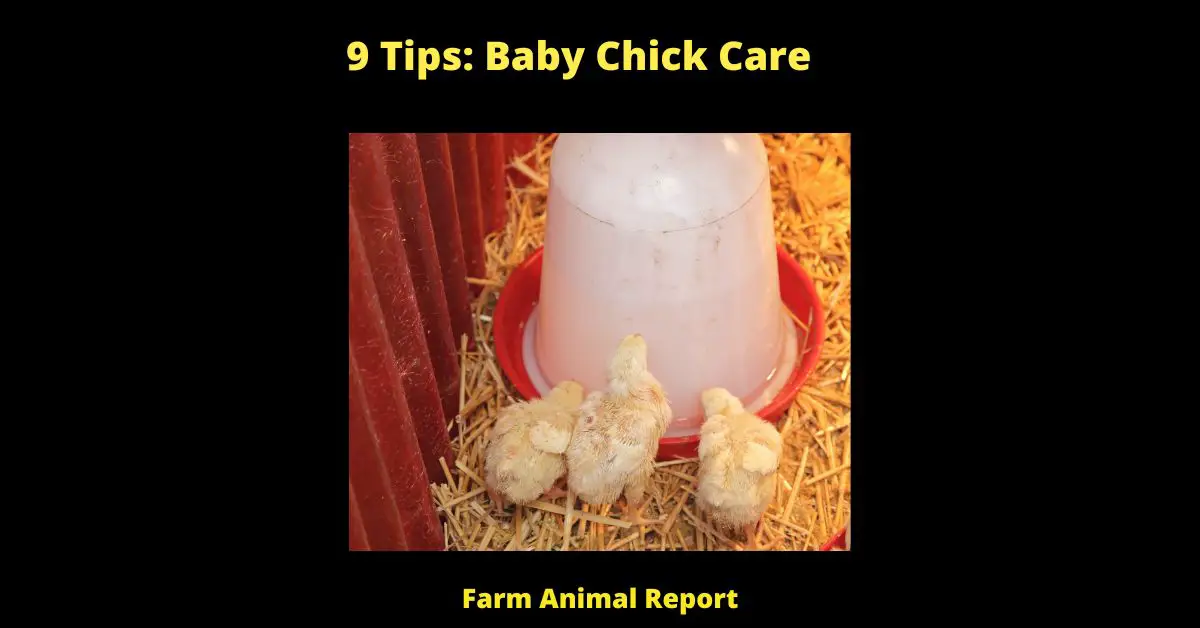
Shelter
Chicks need a warm, dry place to sleep and rest. Their coop should be well-ventilated but protected from drafts, wind, and rain. The floor of the coop should be covered with straw or pine shavings to help keep the chicks warm and dry.
Final Thoughts – Chick Care
By following these tips, you will set yourself up for success in caring for your baby chicks! Just remember – chicks are very susceptible to illness and disease, so it is important to take proper precautions (such as cleaning their enclosure regularly) and seek medical attention if you notice any problems! Thanks for reading!
God Bless Greg


